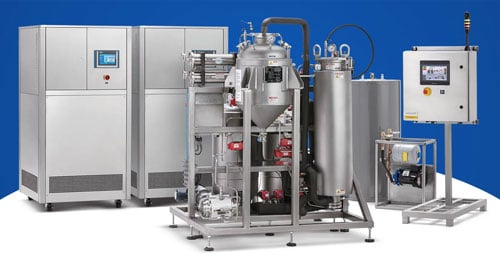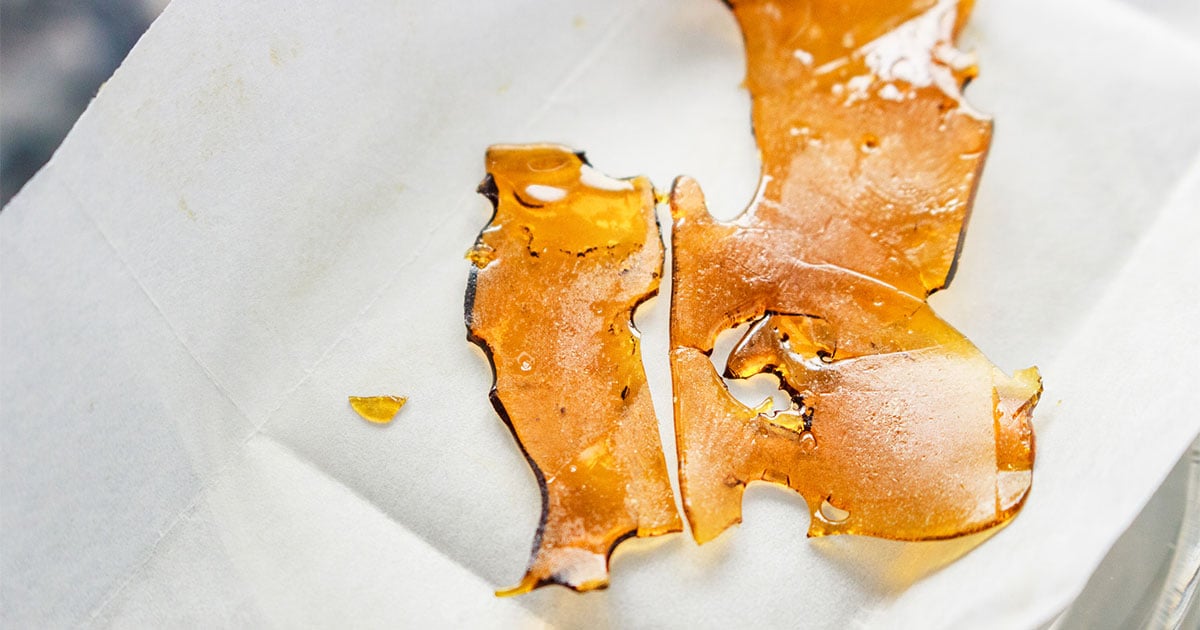
In today's highly competitive cannabis extraction market, processors must continuously improve operations and extraction efficiency. It is not enough to produce a high yield of cannabis resin. Now, operators should be able to extract as much of the THC content as possible.
Measuring extraction efficiency can provide benchmarks for processors to improve upon. Modern extraction methods come with a seemingly infinite number of variables that can affect the efficiency of production and calculating that efficiency.
What Is Cannabis Extraction?
Cannabis extracts are the backbone of the modern cannabis derivatives markets. It is through a variety of extraction methods that processors can strip the cannabinoids, terpenes, flavonoids, and other essential ingredients from the cannabis plant material, also known as biomass.
Each method of production has its pros and cons but all can produce a concentrated product with cannabinoid levels ranging between 50 and 99%. Additional processes on top of the extraction process can be used to remove contaminants and color from the end product.
Extraction of Cannabinoids for a Wide Range of Cannabis Products
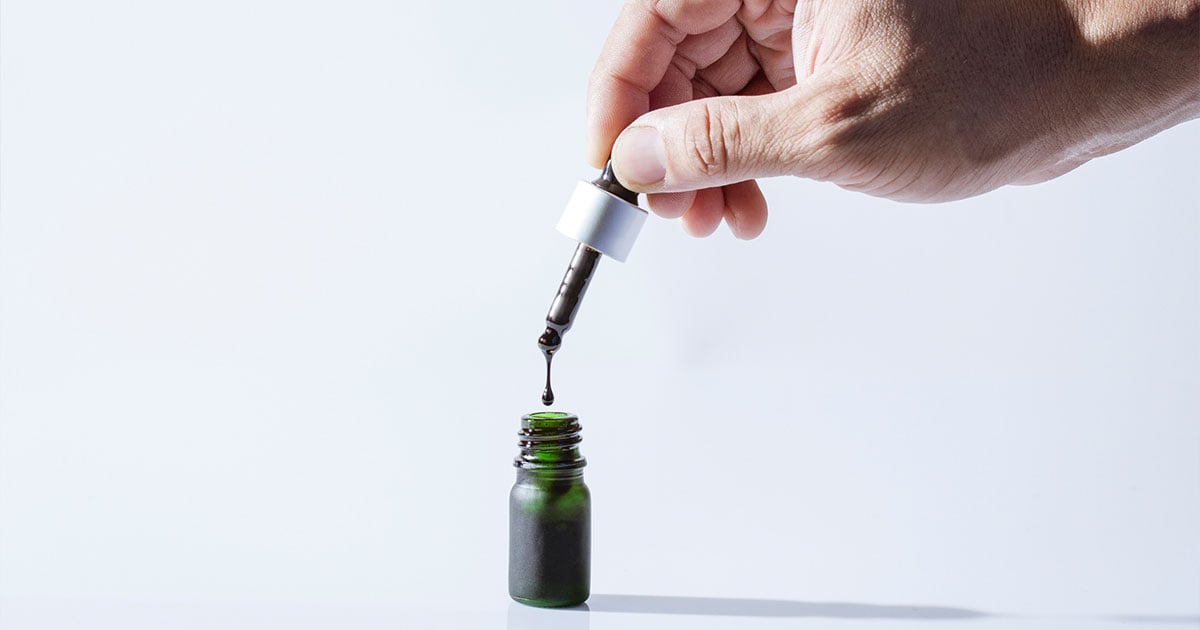
A variety of solvent-based and solventless methods can extract the cannabis resin from the plant and use the concentrated extract as an ingredient for derivative products. Popular extract-driven segments include:
- Vape cartridges
- Cannabis extracts
- Cannabis concentrates
- Tinctures
- Capsules
- Transdermal patches
- Beverages
- Edibles
A high-efficiency extraction process can produce a wide range of concentrates for a variety of purposes to meet medical and recreational market demands.
Cannabis Extraction Methods: Hydrocarbon, Ethanol, and CO2
In the early days of extraction, open-blasting methods produced potent but crude results that could potentially be deadly due to improper ventilation methods when using flammable and explosive solvents such as butane and propane.
Now, extraction operations are much safer than ever before. Legalization and state regulations on solvent-based extractions require operators to install safety systems such as gas detection and high-efficiency exhaust systems to reduce the flammable and explosive concentrations of certain solvents.
Commercial cannabis processing, generally, tends to include three main methods: hydrocarbon, carbon dioxide (CO2), and ethanol extraction. All three extraction processes are capable of high-volume throughput and produce a pure and potent final product.
Hydrocarbon Extraction
Hydrocarbon extraction methods are considered one of the most efficient methods to extract cannabinoids and terpenes from cannabis plant matter. Hydrocarbon extraction uses hydrocarbons (butane and propane). Butane, just like propane, is a non-polar solvent.
Butane and propane’s relatively low boiling points allow processors to extract more of the volatile terpenes from the plant. The crude extract can then be purged in a vacuum oven to remove the residual butane while preserving more of its high terpene content.
Supercritical Carbon Dioxide Extraction
Supercritical CO2 extraction is another popular method known for its non-toxic, non-flammable and eco-friendly solvent. Known as a tunable solvent, carbon dioxide can be used in supercritical or subcritical environments to target particular compounds.
In its supercritical state, CO2 is efficient at extracting cannabinoids. During subcritical extraction, lower temperatures are used to preserve the heat-sensitive terpenes from the plant. However, the extraction efficiency can come at a high upfront cost in extraction equipment.
Ethanol Extraction
Ethanol extraction is primarily reserved for large-scale cannabis and hemp processing. As a polar compound, ethanol is efficient at dissolving both water-soluble and fat-soluble compounds. Hemp processors use ethanol for its powerful ability to extract cannabinoids from high volumes of cannabis at a rapid pace.
While ethanol may be a good solvent for cannabis, it may be a little bit too good and extract chlorophyll, the green pigment in plants that absorbs energy from light, too. In extracts, chlorophyll can cause a harsh and unpleasant taste. For this reason, ethanol is best for creating the commodity product THC or CBD distillate.
What Are Cannabis Extraction Yields?
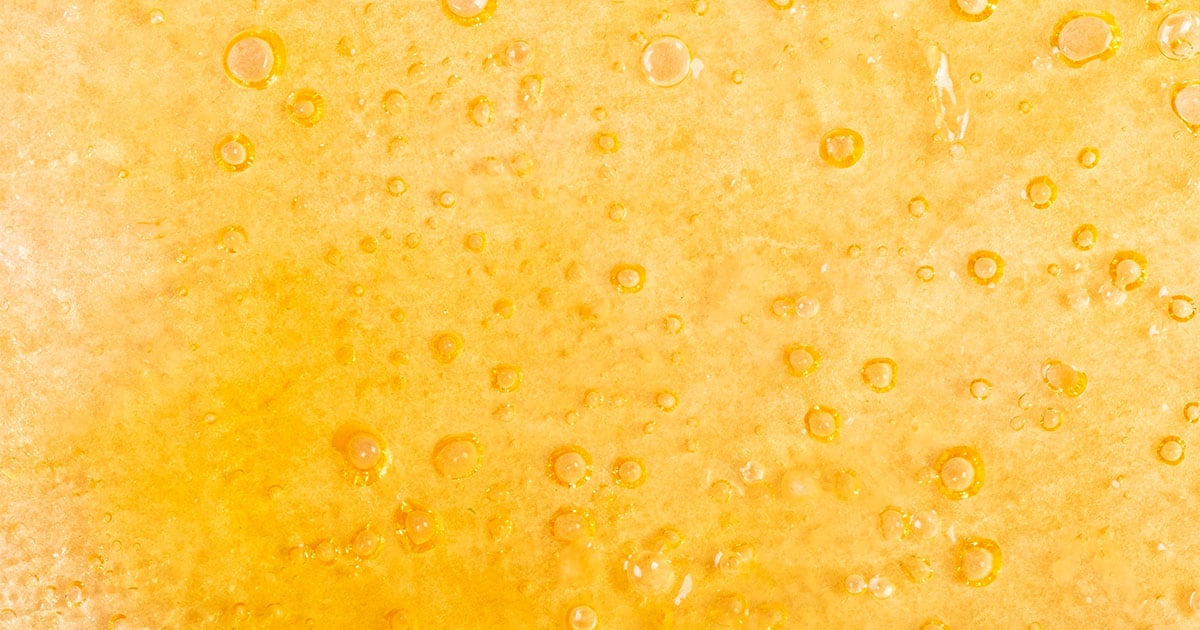
In the extraction world, traditionally, processors would measure yield by the amount of extract that was extracted from the biomass relative to the amount of plant material used.
Cannabis extractions will always produce considerably less mass compared to the mass of the starting material. For example, if an operator started off with 1 pound of biomass and ended up with 100 grams of a cannabis extract, it would mean they have a yield of 22% (100 grams ÷ 454 grams in a pound = 22.02%).
Important factors to consider when analyzing extraction yields:
- Biomass potency
- Biomass consistency
- Extraction time
- Solvent type
- Solvent temperature
- Solvent loss
It is not enough to measure how much total mass a processor extracted from the biomass. Cannabis is composed of cannabinoids, terpenes, lipids, waxes, proteins, chlorophyll, and other plant matter. The total yield can include all of these components but processors are looking particularly for a high yield of cannabinoids, terpenes, and other therapeutic oils.
A better way to measure yield would be to determine the extraction efficiency, a more accurate measurement of the throughput efficiency. Extraction efficiency refers to the number of cannabinoids (THC, CBD) compared to the cannabinoid content of the starting plant material.
In theory, a 100% extraction efficiency of the cannabinoids from the plant matter would mean that processors were able to remove 100% of the THC and CBD from the plant.
How to Calculate Extraction Efficiency
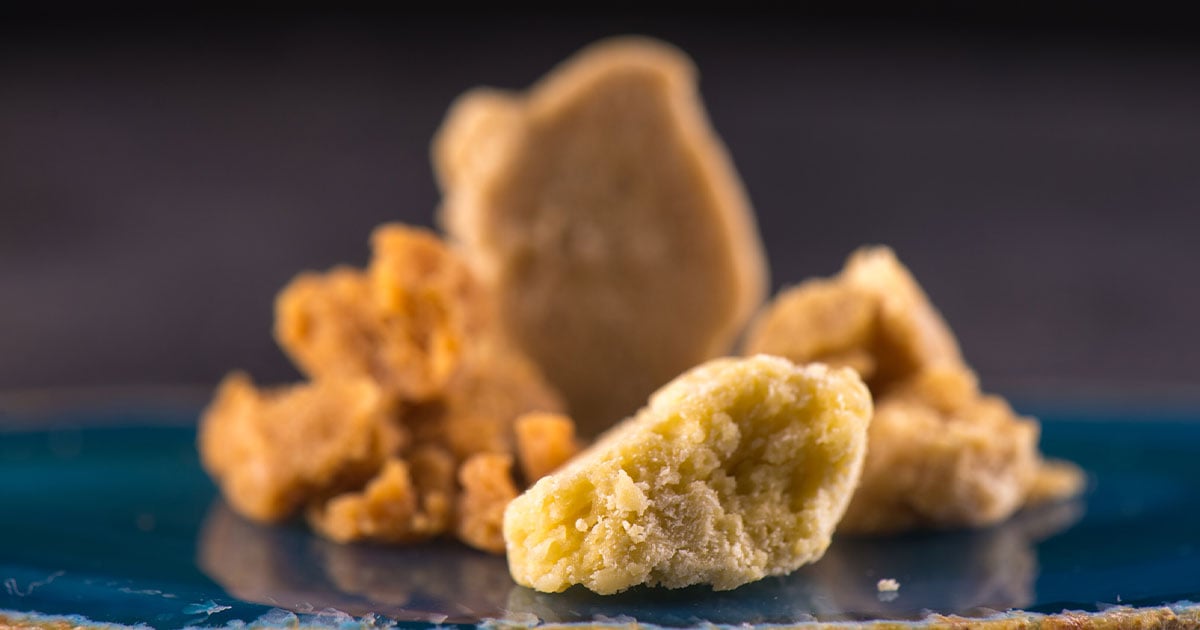
In order to calculate extraction efficiency using the desired extraction solvent, operators must consider every aspect of the extraction process, from the solvents they use (ethanol, CO2, butane/propane) to the pressure and temperatures used to the post-extraction methods applied. Essentially, many factors can affect the efficiency of the process and throughput.
Biomass Consistency
The consistency of the plant material can determine the speed and efficacy of extraction. Finely milled biomass can result in a greater surface area, giving solvents a greater capacity to dissolve the desired compounds.
However, milling the biomass too finely can break the cell walls, allowing more of the undesirable compounds such as chlorophyll, to mix in with the desired cannabinoids. As a result, processes can require additional refinement to remove these harsh-tasting contaminants. For the same reason, milling should never be used for high-quality plant matter.
Appropriate mill sizes vary by the extraction process, equipment, biomass quality, and how well the biomass was packed. Poor packing of the material can lead to channeling and uneven extraction of the material. Many processors use material bags to streamline the loading and unloading process.
Extraction Time
While faster is not always better, it can be a good indicator of an operator’s extraction efficiency. How long does it take to go through an entire extraction run? It depends on a variety of factors including the equipment, operator experience, plant matter, and desired final product.
How many extraction operations can you perform in a single shift? Some processors may mistakenly calculate their throughput without considering the variables involved in the process.
Here is a simplistic (and incorrect) way to calculate extraction throughput:
Let us say that an extraction run takes 1 hour to complete. If the extraction vessel can handle 30 pounds of cannabis material per run, a simplified calculation would simply multiply the hours of 1 shift (8 hours) by the number of extraction runs that can be performed in 1 hour, which in this case, is 1 run.
8 hours in a shift x 1 run per hour = 8 runs per day x 30 pounds of cannabis = 240 pounds of extracted oil every 8-hour shift.
Sounds correct, right? While this may be an approximation of the extraction throughput, the formula does not account for other factors such as cannabis plant quality and the standard operating procedures of the extraction company.
When considering the extraction time, operators should consider many different variables including the plant consistency, which can affect how many pounds fit inside of the extraction vessel. Finely ground cannabis can fit in more plant matter in an extraction vessel than coarsely-milled cannabis can fit inside the same vessel.
In addition, operators should consider the downtime involved in each run, including the loading and unloading time, regular maintenance and cleaning activities, the time it takes to chill a solvent batch, the time it takes to freeze biomass, and other essential processing activities.
Solvent Temperature
When determining extraction efficiency, the solvent temperature will be a determining factor in the speed of extraction and quality of the oil. Colder solvents can slow down the processing but also preserve more of the compounds with lower boiling points such as terpenes without dissolving too many undesirable compounds.
Solvent Loss
Even with a closed-loop system, there will be some solvent loss with every run. Trace amounts of solvent can end up in the end product. Efficient solvent reclamation can ensure minimal or no solvent loss.
Let us consider an example of a fictitious extraction company's extraction efficiency. In this example, the plant matter used contains 15% THC, the average in the cannabis industry. Using this THC content, 1000 grams of cannabis would have 150 grams of THC.
If the extraction company obtained a yield of 15% based on the total mass only, an average per run in the cannabis industry, it would mean that the processors were able to extract about 150 grams of extract material (15 percent x 1000 grams = 150 grams).
If the starting material contains 15% THC, the company produced only 22.5 grams of THC from the material (15 percent of 1000 grams).
Focusing on extraction efficiency is a much better indicator of profitability and value.
How to Improve Extraction Efficiency
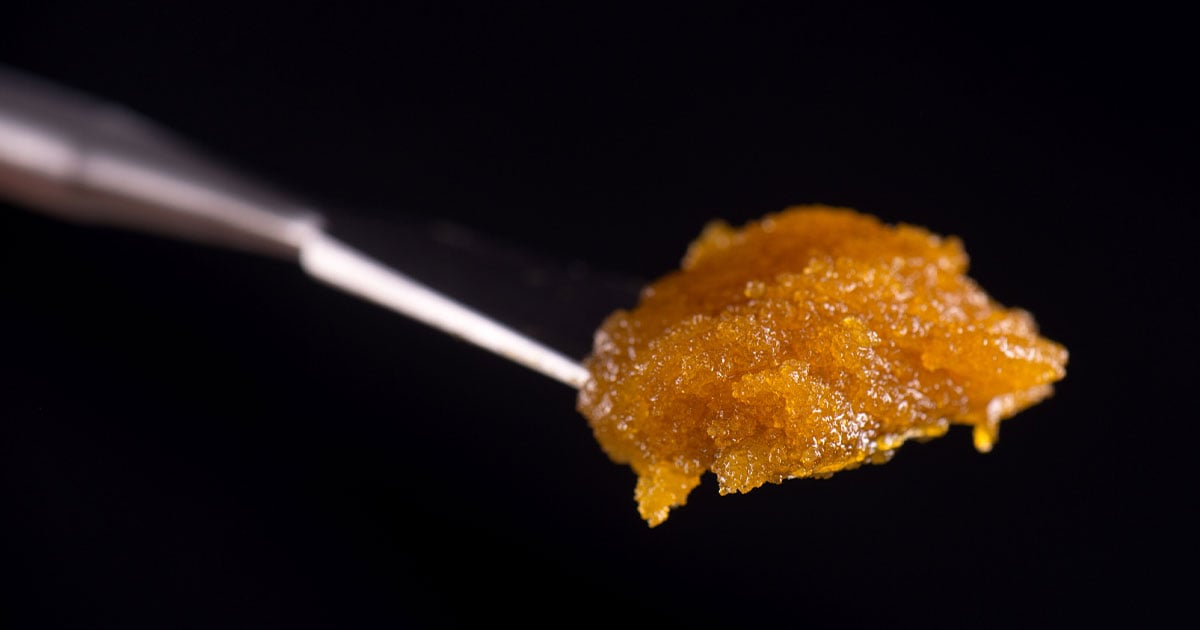
As a cannabis processor, improving processes and achieving high yields while reducing operational costs requires a variety of process improvements and considering key BHO production factors.
High Resin Content
One of the best ways to improve extraction efficiency is by starting off with cannabis cultivars that already have a high concentration of THC or CBD. Even without analytical testing for purity and potency, processors can determine the resin concentrations through a visual inspection of the plant material.
Ideally, trichomes should be oily and sticky instead of dry and brittle. If after six or seven weeks the trichomes feel too brittle, the best extraction method is mechanical extraction through dry sifting or ice water extraction. However, if the trichomes are oily, solvent extraction is recommended.
High Resin Production
As a producer, there are many tricks of the trade that growers use to boost the resin production. Throughout the plant’s life cycle, it is important to provide the crop with proper light intensity, light spectrum, and canopy penetration, nutrients, water, temperature, air flow, and humidity.
In addition, excessive handling of the resinous trichome glands can destroy these sensitive trichomes. Producers and processors should handle their plant material with care when possible.
Finally, harvesting cannabis plants at their peak trichome maturity is important in yielding the most THC or CBD. Inspect the trichomes’ color with a magnifying glass. Trichomes start off as clear glands and eventually turn white and then golden yellow. Producers are recommended to harvest their plants as soon as most of the trichomes have turned an amber color.
Extraction Equipment
Closed-loop extraction equipment is a major determining factor in a company’s extraction efficiency. Companies should consider how much output they plan to produce. Will the system meet the throughput needs?
Automated extraction equipment can streamline the production process. Extraction technicians can dial in to specific temperatures and pressures to produce their desired end product. Proper maintenance and cleaning of the equipment can maintain extraction efficiencies high in the long run.
Luna Technologies: Improving BHO Extraction Efficiency
Luna Technologies’ high-capacity IO Extractor has automated capabilities that ensure hydrocarbon extractions extract the most amount of cannabinoids and terpenes from cannabis while removing almost all of the residual solvent. Automated extraction technology can take butane and propane extractions up a notch.

